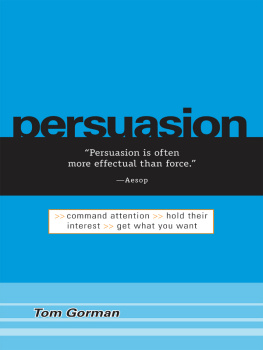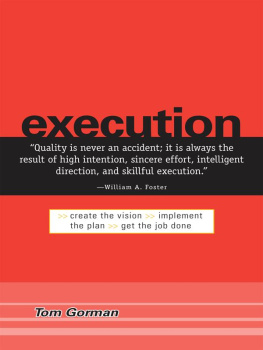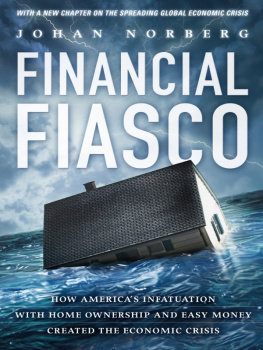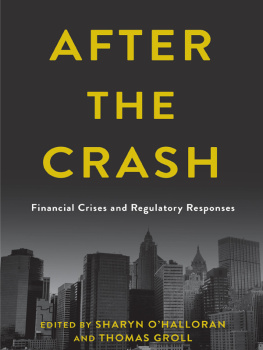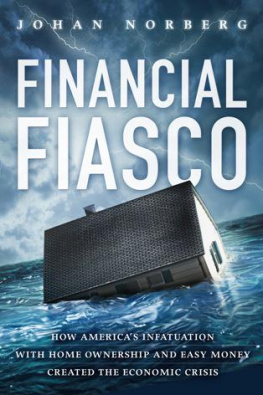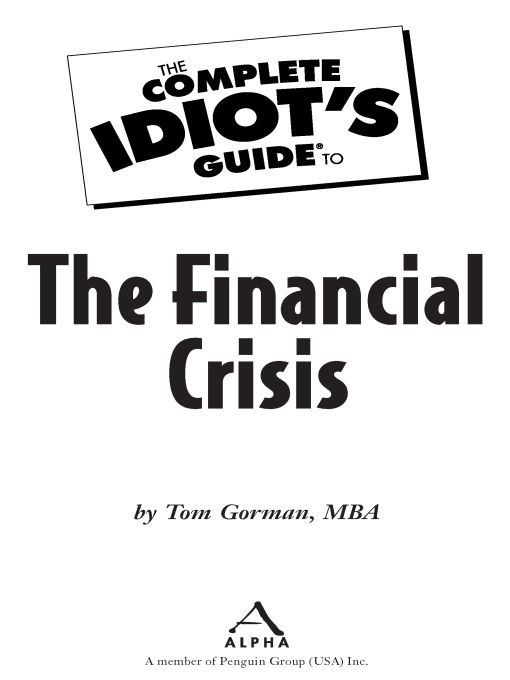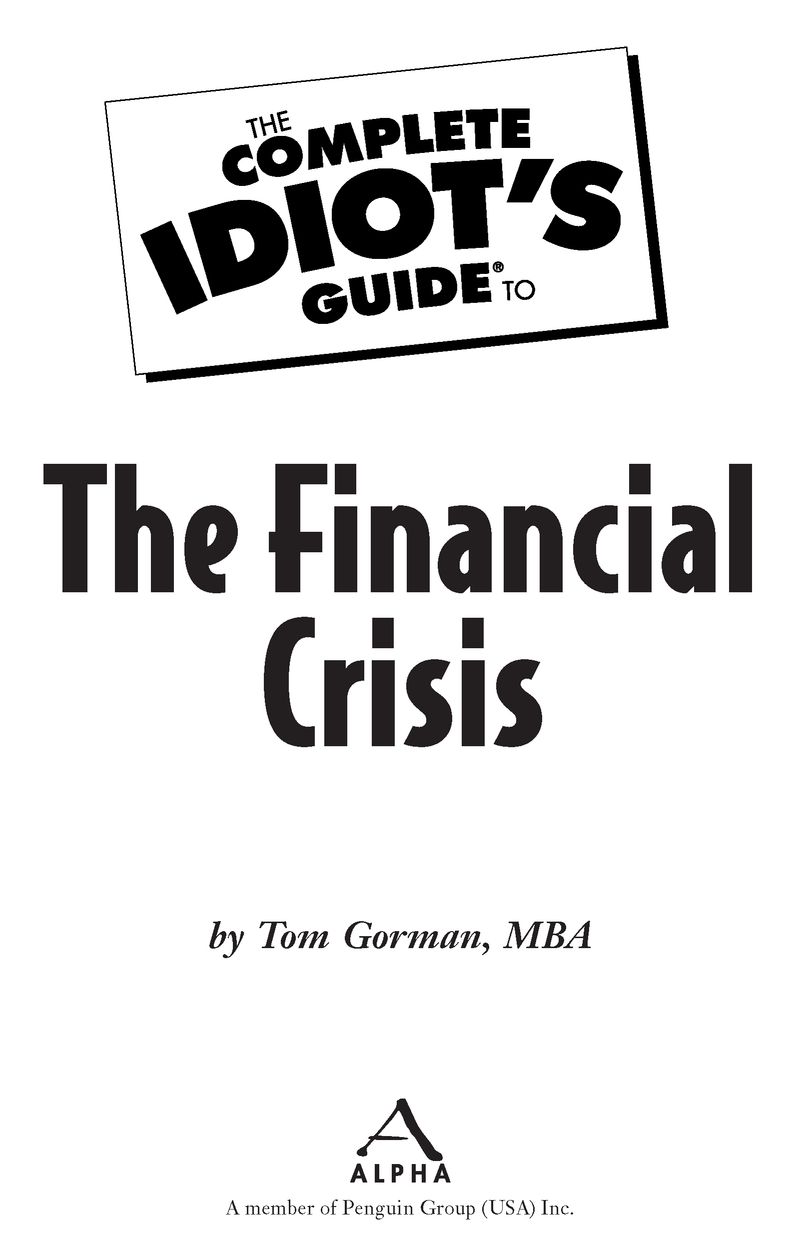Table of Contents
Introduction
A Cool, Clear Look at the Crisis
Since early 2008, the United States has been undergoing its worst financial crisis since the Great Depression of the 1930s. Across the board, residential and commercial real estate values and values of stocks, bonds, and other securities have plunged from their highs of recent years. In the process, Americans and investors around the world have collectively lost trillions of dollars in wealth as the crisis has unfolded. And while this crisis was touched off by troubled mortgages and securities based on them, they are far from the whole story.
Nor is the story limited to the financial markets. The real economy, which produces products and services and provides employment and income, has entered a recession that began in January 2008 and has already lasted well over the post-World War II average of 10 months. Most economists expect this recession to be significantly deeper and longer than any since the 1930s. While few are forecasting an actual depression, very few are forecasting a speedy return to robust growth.
This crisis is a worldwide story (sort of an international financial thriller) because nations are far more economically interdependent than ever before. Decades ago, the saying used to be, If the United States sneezes, Europe catches a cold. But what happens to the world nowadays if the United States has pneumonia? We will see, as events play out in todays more highly developed global economy. The European Union now roughly matches the United States in size and productivity. Many Asian countries have much larger economies than in the past. Japan is now the worlds second-largest national economy, and China ranks fourth. India and many smaller nations, such as South Korea, Singapore, and Malaysia, have all experienced rapid growth in the past two decades. So, there is much at stake around the world.
The story of this financial and economic crisis is complex in its characters, settings, events, plotlines, and potential endingsand it is far from over. Therefore, this guidethe first original e-book from Alpha/Penguin, the publisher of the well-known Complete Idiots Guideswill explain the roots, players, dynamics, and other key aspects of this crisis in plain English. It will also leave out the political agendas, finger-pointing, and sales messages that characterize most sources of information on this subject. And it will provide coverage, commentary, advice, and recommendations as the crisis continues to unfold.
What the Crisis Means to You
This crisis affects every one of us because it affects our jobs, careers, businesses, homes, investments, and retirement plans, as well as decisions about the products and services that we buy (and borrow to buy). The economy is the ocean that we live in, if you will, and when its roiled up were all going to feel it. So this guide will connect the events and issues in this crisis with the problems and decisions they create for you.
I cannot, of course, recommend what you should do. Your situation is unique and involves many factors, including your age, line of work, employment status, family and other obligations, and geographic location. Moreover, none of usno economist, financial advisor, or business or political leaderknows how this crisis is going to play out. But there are better and worse decisions you can make. Therefore, I will explain where we are so far in the crisis, likely courses it may take, and likely effects of certain decisions. In other words, I can give you information you can usecombined with information from other sources and recommendations from professionals and advisorsto make better decisions.
This book will also explain the many terms that most reports leave unexplained due to limited time and space and because a lot of viewers or readers dont require them. Those limitations make sense in those media but leave many of us wondering what Alt-A mortgages, mortgage-backed securities, and credit default swaps areand why we should even care. Ill also occasionally explain more familiar terms, such as inflation, unemployment, and housing starts, when the need arisesfor example, when government agencies change the way they calculate them.
Speaking of government agencies, they can cause confusion. Theres the Treasury, Federal Reserve, Federal Deposit Insurance Corporation (FDIC), Fannie Mae, and Freddie Mac, among others. What do these agencies and the people who run them do? What part did these agencies play, if any, in creating, ignoring, or worsening the crisis? What can they do to address it? How might their actions affect our financial futures? This book will answer these questions.
This guide will help you understand where we are, how we got here, what happened, and what is likely to happen nextand help you deal with the effects of the crisis on you and those who may depend on you.
An Ongoing Guide for an Ongoing Crisis
E-book technology enables us to explain developments soon after they occur. This guideand this is only the first installmentwont come to you as often as your daily news sources, but it will help you in other important ways. It will bring you a broader perspective, steadier storyline, and deeper analysis of the crisis than youll find in the newspaper and on the radio, television, and the Internet. Those sources report mainly on the latest developments, such as new economic data or yesterdays Dow Jones Industrial Average. But they often leave you to fit developments into the bigger picture and to connect them to decisions about your money and your life choices. That broader perspective and connection to decisions is what well bring you as the crisis continues.
Am I being pessimistic in saying the crisis will continue? Unfortunately, no. Most economists now agree that the United States, and quite possibly the world economy, faces about two years of very slow economic growthor actual contractionin 2009 and well into 2010. The economy could also remain sluggish beyond 2010. Much of the prosperity the United States enjoyed from 2002 to 2007 was financed with consumer credit in all its forms, and the availability of credit will not return to precrisis levels for some time. Incomeand the employment that provides itwill take even longer to recover. Also, most consumers will probably shift away from debt-financed consumption and start paying down their debts and increasing their savings. While this shift will benefit us in the longer term, it will dampen economic growth for at least several quarters.
There are also more serious risks to the economy. These include the risk of deflation (prolonged falling prices, which can stifle economic growth), inflation (erosion of the value of our currency), or stagflation (inflation coupled with slow growth or no growth). We also have a new economic team in the White House. None of us knows exactly what steps the Obama Administration and Congress will take in the months to come, how effective they will be, and what unintended consequences they will produce.
My own belief is that normal growth, which economists define as an average of 3 percent growth in GDP per year, will not return for another four or five years. (GDP, or gross domestic product, is the value of all goods and services produced in a nation during a period of time, usually a year.) I say this because we must first recover from a severe recession and then restructure segments of our economy to replace inefficient businesses in certain industries.


